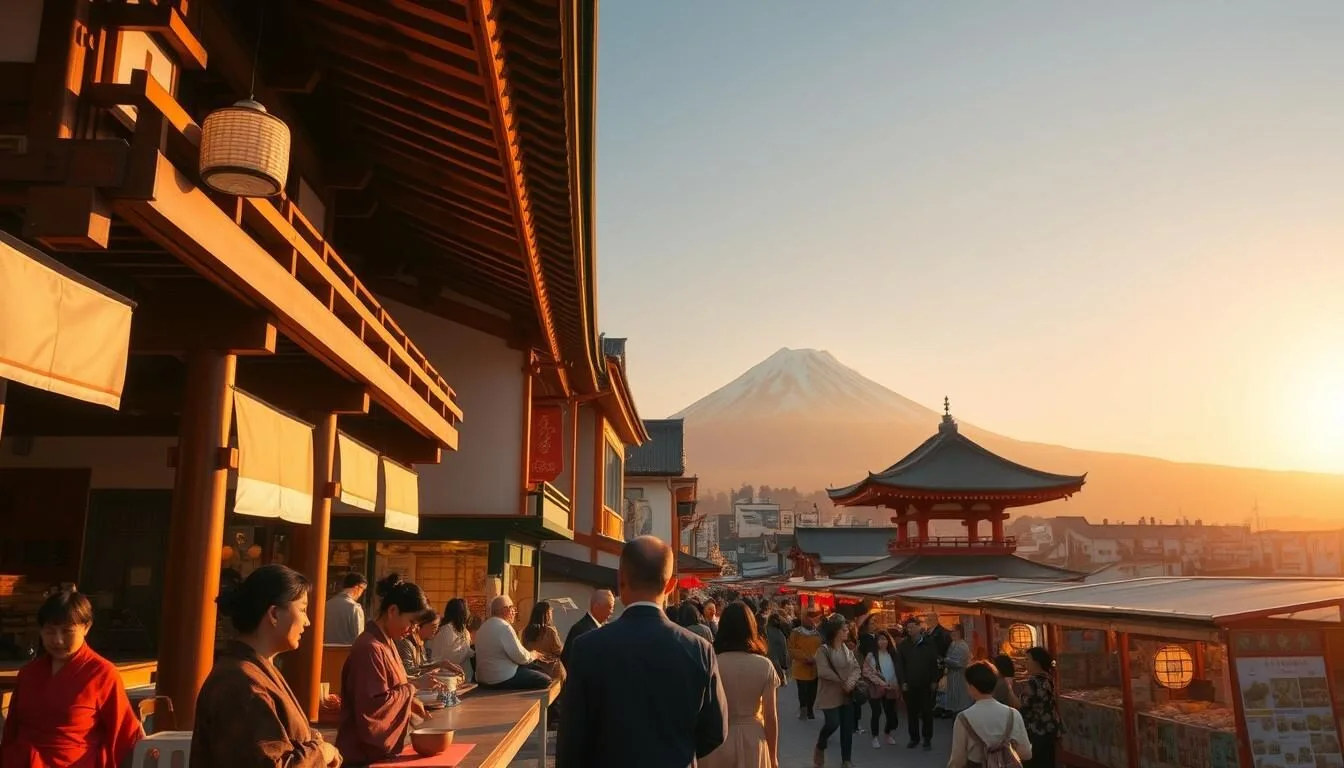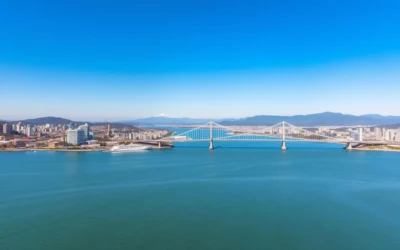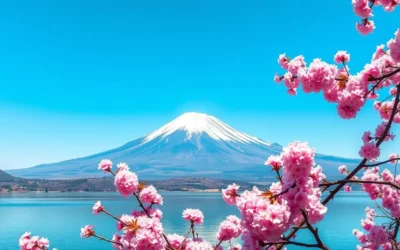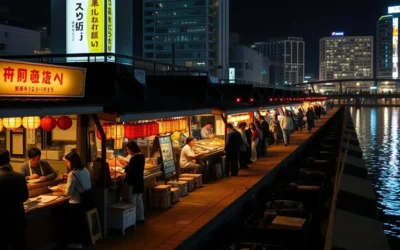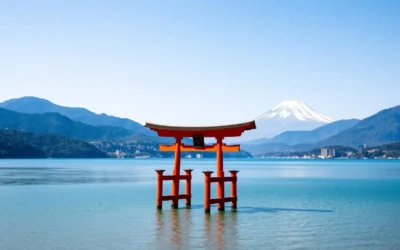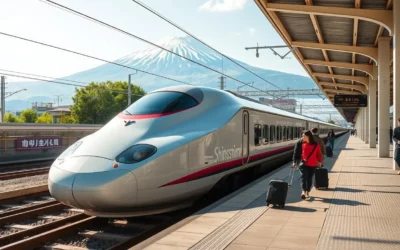Imagine a country where ancient traditions seamlessly blend with cutting-edge technology, creating a unique cultural experience like no other.
With over 30 million international visitors annually, Japan is a hotspot for travelers seeking diverse experiences. From the bustling streets of Tokyo to the serene landscapes of the Okinawa Archipelago, there’s no shortage of exciting things to explore.
This comprehensive guide will walk you through the top picks for an unforgettable trip, highlighting cultural experiences, natural wonders, and unique adventures that showcase the true essence of this fascinating country.
Discovering the Land of the Rising Sun
Japan, a country of diverse landscapes and cultures, offers unique experiences throughout the year, making it essential to choose the right time for your visit. Whether you’re drawn to the serene beauty of cherry blossoms or the vibrant festivals of summer, Japan has something to offer every traveler.
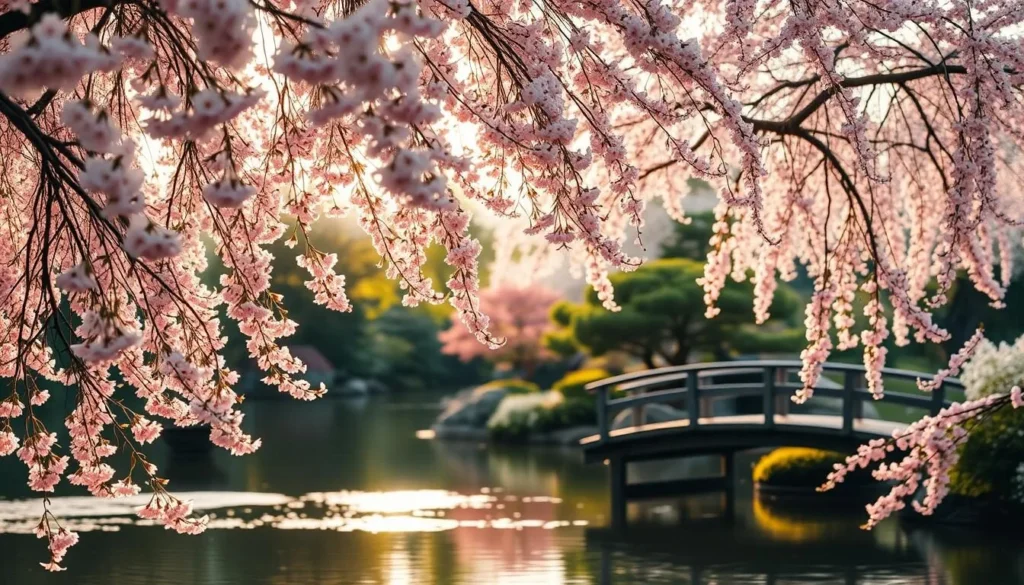
When to Visit Japan for the Best Experiences
The best time to visit Japan depends on what you want to see. Cherry blossom season in spring (late March to early April) is incredibly popular but crowded. Fall (October-November) offers stunning autumn colors, while winter (December-February) is perfect for skiing in Hokkaido and enjoying hot springs. Summer (June-August) features many festivals, though it can be hot and humid.
Each season brings its unique charm: spring with its cherry blossoms, fall with vibrant foliage, winter with snow festivals, and summer with exciting experiences at various festivals.
Planning Your Japanese Adventure
When planning your trip to Japan, consider using the Japan Rail Pass for cost-effective transportation. Researching regional specialties can also enhance your experience. A well-planned itinerary that balances major cities with countryside excursions will give you a more complete picture of Japan’s diverse culture and places to explore.
By thoughtfully planning your visit, you can enjoy a richer, more fulfilling experience in Japan, taking in the country’s diverse landscapes and cultural treasures.
Immerse Yourself in Japanese Culture and History
As you step into Japan, you’re not just visiting a country, you’re immersing yourself in a world of ancient traditions. With a rich history that spans centuries, Japan offers a unique cultural experience that blends seamlessly with modern life.
Explore Ancient Temples and Shrines in Kyoto
Kyoto, Japan’s former capital, is home to over 2,000 temples and shrines, including 17 UNESCO World Heritage sites. These sites are a testament to the country’s rich cultural heritage.
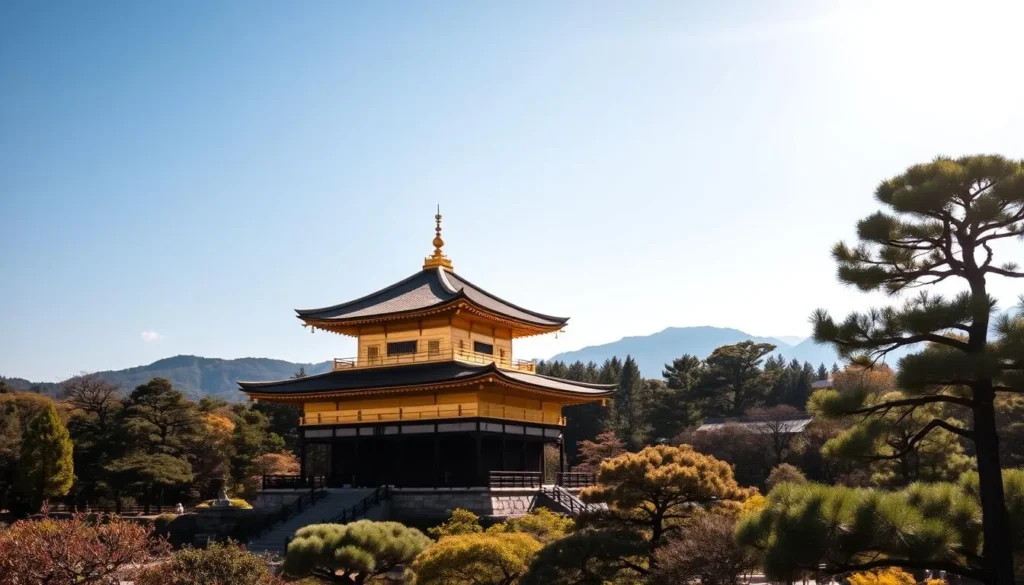
One of the most iconic sites is Kinkaku-ji, or the Golden Pavilion, with its gold-leaf covered upper floors reflecting beautifully in the surrounding pond. The serene atmosphere and stunning architecture make it a must-visit place during your time in Kyoto.
Experience a Traditional Tea Ceremony
A traditional Japanese tea ceremony, also known as chado, is an experience that offers a glimpse into Japanese aesthetics, mindfulness, and hospitality. Each precise movement carries centuries of cultural significance.
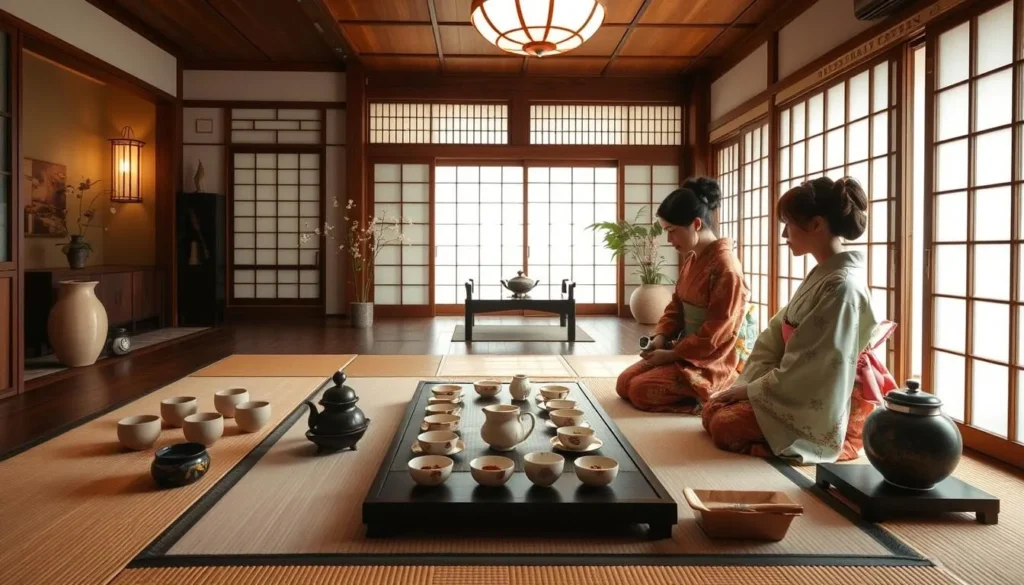
This serene and intimate ritual is a unique way to appreciate the beauty of Japanese culture.
Watch a Kabuki Performance in Tokyo
In Tokyo, experiencing a kabuki performance at the Kabukiza Theatre provides insight into this 400-year-old theatrical art form. With elaborate costumes, stylized movements, and traditional music, kabuki is a captivating experience that showcases Japan’s rich cultural heritage.
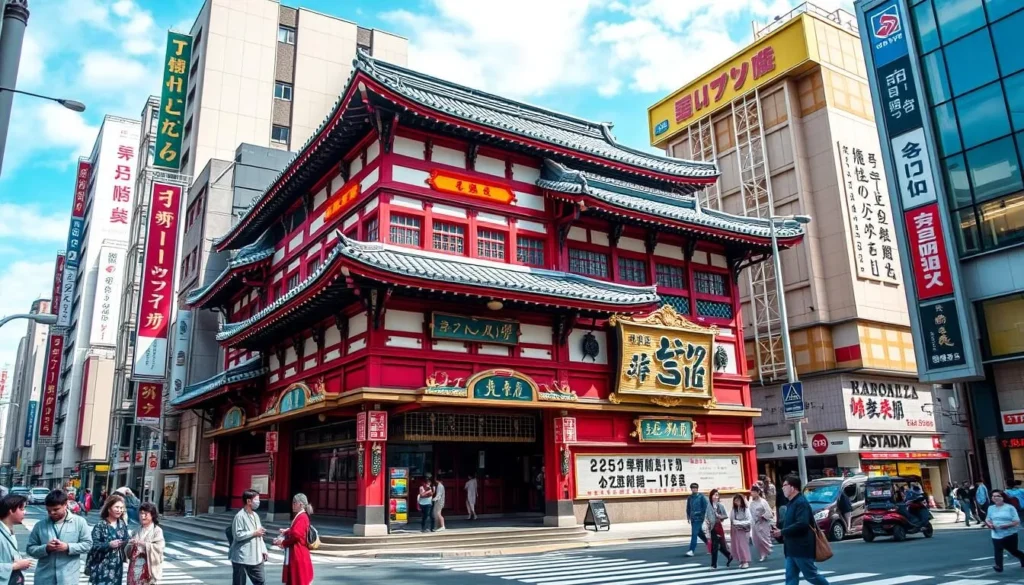
This dramatic art form is a must-see during your visit to Tokyo, offering a unique perspective on Japanese culture and history.
Japan: Best Things to Do – Top Picks for Nature Lovers
From the iconic Mount Fuji to the lush forests of Yakushima, Japan’s natural landscapes are as varied as they are breathtaking. As a nature enthusiast, you’ll find plenty of opportunities to connect with the great outdoors.
Chase the Perfect View of Mount Fuji
Admiring the majestic Mount Fuji is a must-do for any visitor to Japan. For the best views, head to the Fuji Five Lakes region, particularly Lake Kawaguchiko, where the mountain’s reflection creates a stunning visual effect. Consider visiting during early morning hours when visibility is typically better, or during winter months when the air tends to be clearer.

Hike Through the Japanese Alps
The Japanese Alps offer excellent hiking opportunities, ranging from easy nature walks to challenging multi-day treks. With stunning alpine scenery throughout the seasons, this region is a haven for outdoor enthusiasts. Explore the various trails and experience the natural beauty of Japan’s mountainous regions.
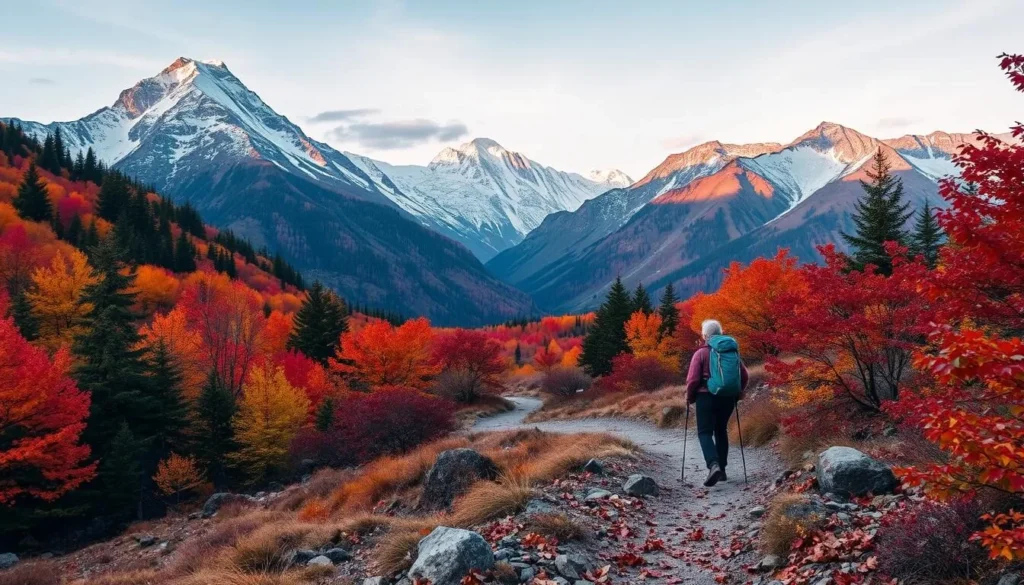
Explore the Lush Forests of Yakushima
Yakushima, a UNESCO World Heritage site, is renowned for its ancient cedar forests, with trees over 1,000 years old. These magical forests inspired the settings in Studio Ghibli’s “Princess Mononoke.” Take a guided tour to explore the island’s lush forests and experience the tranquility of this unique ecosystem.
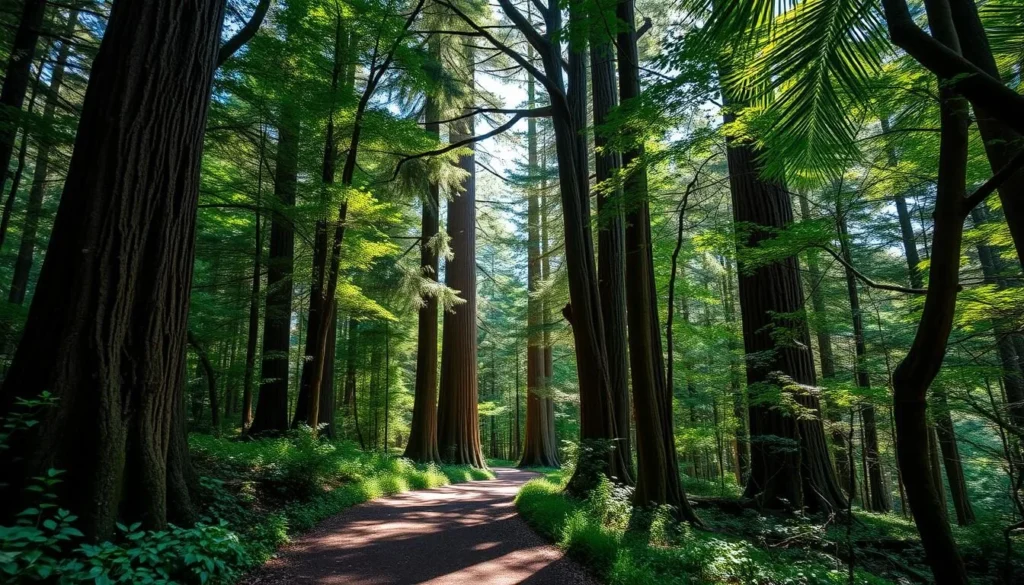
Whether you’re chasing the perfect view of Mount Fuji, hiking through the Japanese Alps, or exploring the lush forests of Yakushima, Japan offers a diverse range of nature experiences that cater to all interests and preferences.
Cherry Blossom Season: A Must-See Spectacle
Every year, Japan’s cherry blossoms burst into bloom, creating a fleeting yet unforgettable experience for travelers. The cherry blossom season, or “sakura” in Japanese, is a time of breathtaking beauty, attracting visitors from around the world.
During spring, typically from late March to early April, the country’s landscapes are painted with the delicate beauty of cherry blossoms. The exact timing varies by region, but the spectacle is always a wonder to behold.
Top Spots to View Cherry Blossoms
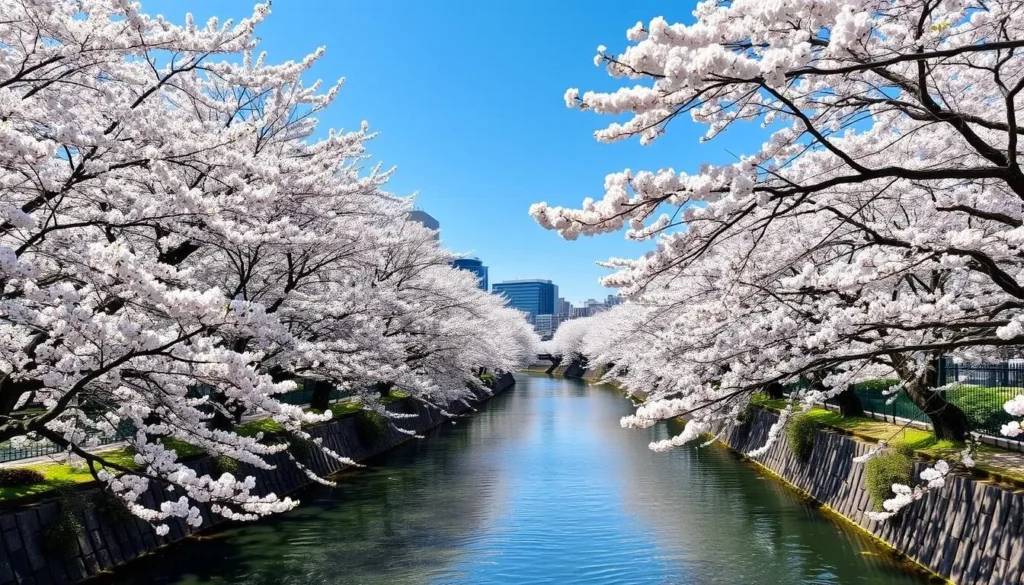
Some of the top spots to view cherry blossoms include Tokyo’s Ueno Park and Nakameguro Canal, Kyoto’s Philosopher’s Path, Osaka Castle Park, and Hirosaki Castle in Aomori Prefecture. These locations offer stunning views of the blooming cherry trees.
Participating in Hanami: The Cherry Blossom Festival
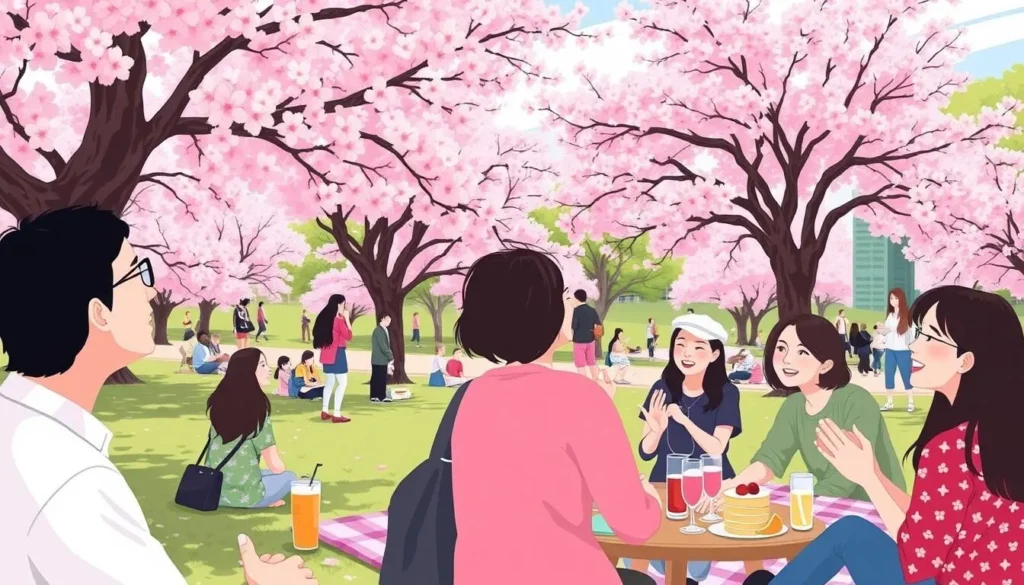
Hanami, the traditional practice of cherry blossom viewing, dates back centuries. It involves picnicking under the blooming cherry trees with friends and family, enjoying seasonal foods and drinks, including cherry blossom-flavored treats.
The cherry blossom season symbolizes the ephemeral nature of life in Japanese culture, with the brief blooming period representing beauty and impermanence. Visitors can enjoy the magical atmosphere, especially during nighttime illuminations called “yozakura.”
Relaxing in Japan’s Famous Hot Springs
With its rich volcanic geography, Japan is home to thousands of natural hot springs, known as onsen, which have been cherished for their therapeutic properties for centuries. Soaking in these hot springs is not just a relaxing experience but also a cultural immersion into a tradition that dates back to ancient times.
Japan’s hot springs are renowned for their healing properties, with varying mineral content that can help alleviate a range of health issues, from skin problems to joint pain. The country’s volcanic activity has blessed it with an abundance of natural hot spring water, making it a paradise for those seeking relaxation and rejuvenation.
Traditional Onsen Experience in Kusatsu
Kusatsu Onsen, located in Gunma Prefecture, is one of Japan’s most celebrated hot spring towns. It boasts the largest natural spring water discharge in the country, making it highly effective against various ailments. Visitors can experience the authentic onsen culture, including unique practices like “yubatake” and “yumomi,” which are traditional methods for cooling down the hot spring water.

Unique Hot Spring Experiences Across Japan
Beyond the traditional hot spring baths, Japan offers a variety of unique onsen experiences. These include sand baths in Kagoshima, mud baths, and outdoor baths with breathtaking views of mountains or the ocean. Each onsen has its unique characteristics, offering a diverse range of experiences for visitors.
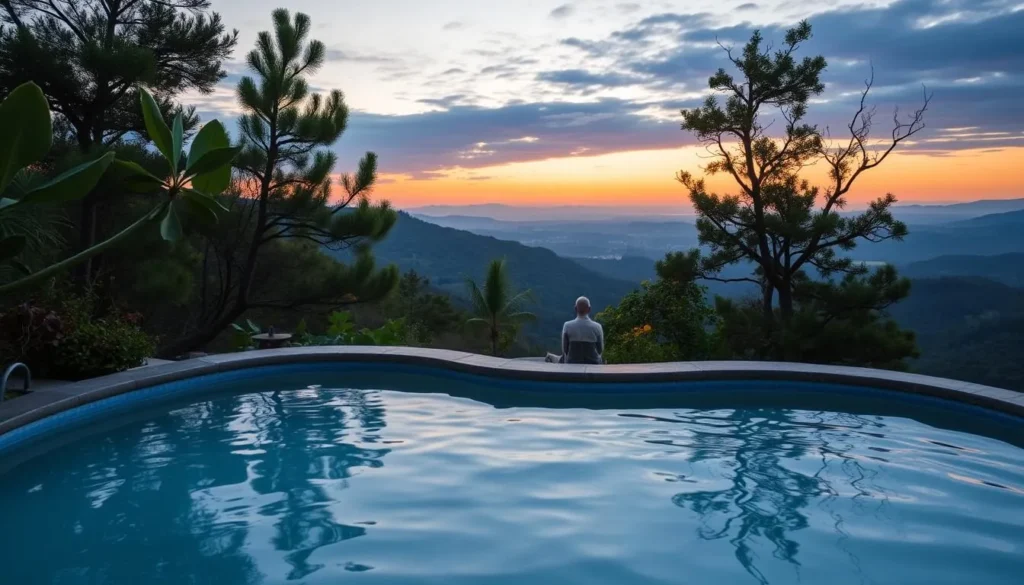
Etiquette for Visiting Japanese Onsens
When visiting an onsen, it’s essential to follow proper etiquette. This includes washing thoroughly before entering the bath, not wearing swimwear (as most onsen are nude bathing), and not putting your towel in the water. Understanding and respecting these customs will enhance your onsen experience.
Culinary Adventures: Tasting Japan’s Finest
Embark on a culinary journey through Japan, where the freshness of ingredients and the art of preparation come together in a unique gastronomic experience. Japan is renowned for its emphasis on seasonality, presentation, and high-quality ingredients, offering diverse culinary experiences across the country.
Sushi and Sashimi: Fresh from the Market
Visiting Japan’s fish markets, like Tokyo’s Toyosu Market, gives you the opportunity to taste the freshest sushi and sashimi, often just hours after the fish has been caught. You can find excellent restaurants serving sushi and sashimi prepared before you.

Street Food Delights in Osaka and Fukuoka
Osaka, known as “Japan’s kitchen,” is famous for street food specialties like takoyaki and okonomiyaki. You can explore various street food markets in Osaka and Fukuoka, experiencing local flavors.
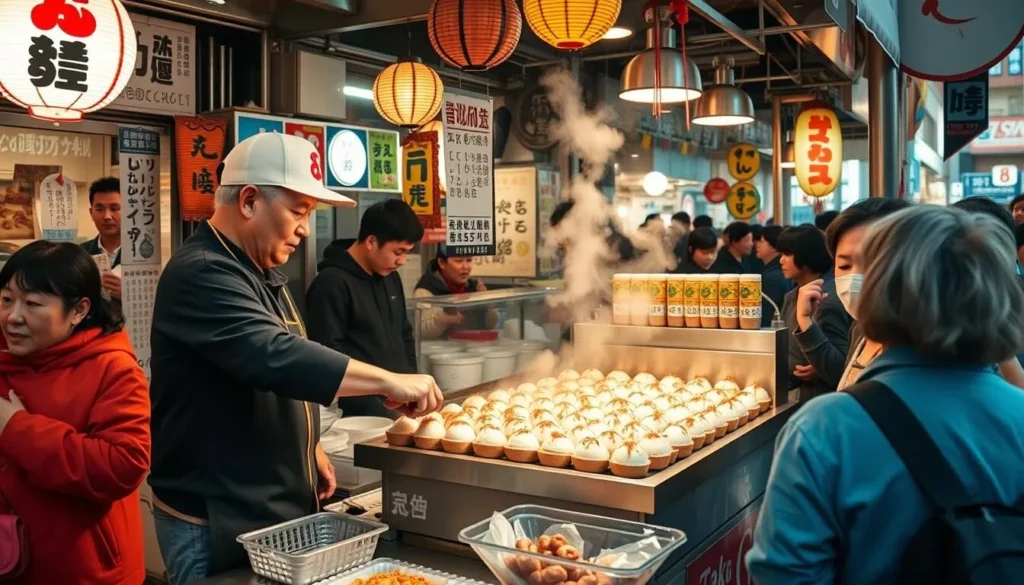
Experience a Traditional Kaiseki Meal
Kaiseki is Japan’s highest culinary art form, a multi-course meal that balances taste, texture, appearance, and colors. It’s traditionally served at ryokans and high-end restaurants, offering a unique dining experience in a serene and elegant setting.
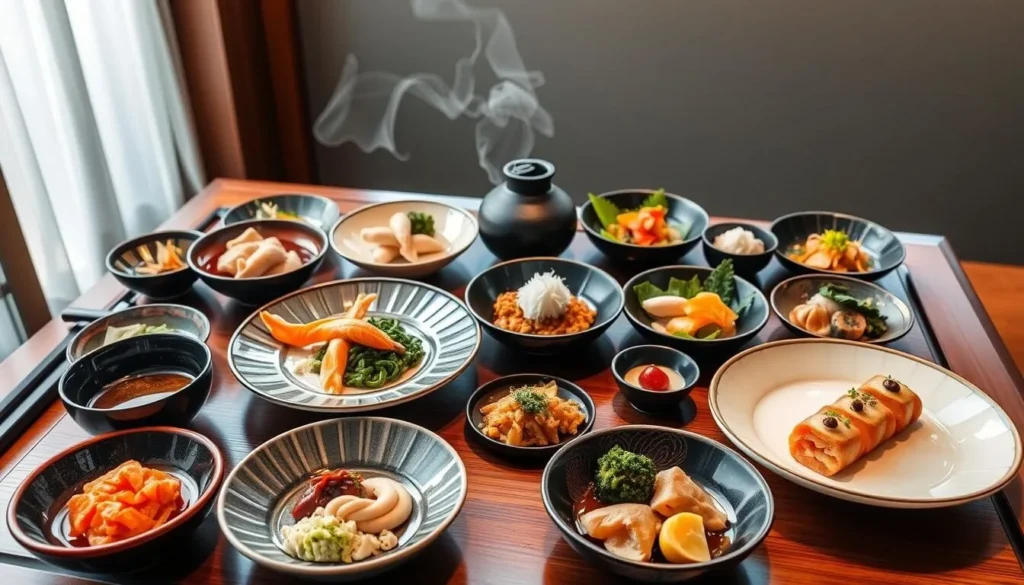
Japan’s culinary landscape is a testament to its rich cultural heritage and commitment to quality, making it a paradise for food enthusiasts from around the world. Whether you’re dining at a high-end restaurant or enjoying street food at a local market, Japan is a place where culinary adventures await.
Modern Japan: Technology and Pop Culture
Japan’s modern side is a thrilling contrast to its traditional heritage, with cutting-edge technology and pop culture attractions that will leave you fascinated. As you explore this vibrant country, you’ll discover a unique blend of innovation and entertainment that caters to all ages.
Explore Akihabara: Tokyo’s Anime and Electronics District
Akihabara in Tokyo is a must-visit destination for any fan of anime, manga, or video games. This bustling district is known for its multi-story electronics stores, anime merchandise shops, and themed cafes, including the famous maid cafes. As you wander through Akihabara, you’ll be immersed in a world of neon lights, cutting-edge technology, and Japanese pop culture.
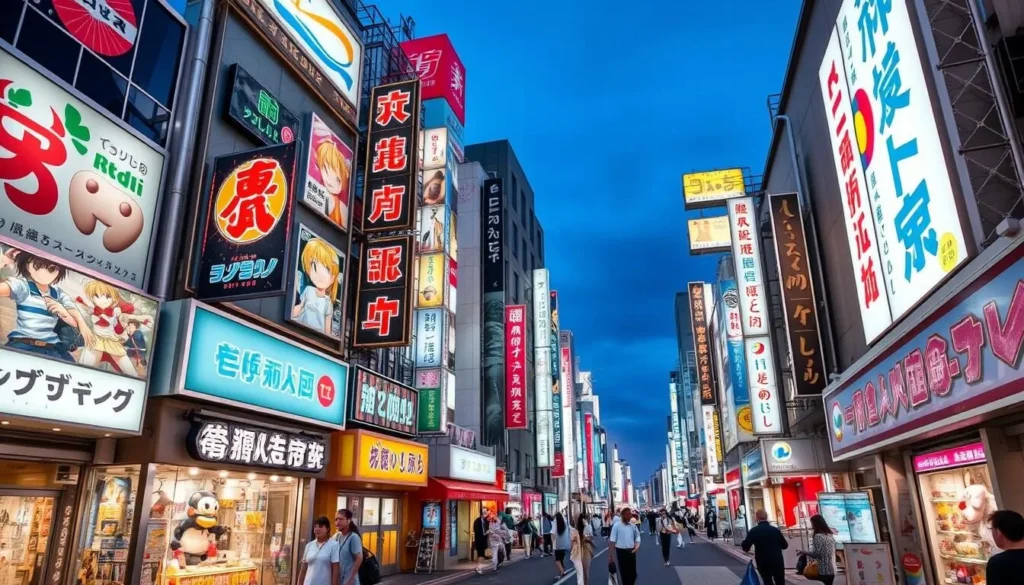
Visit TeamLab Planets: Digital Art Immersion
For a unique cultural experience, visit TeamLab Planets, a revolutionary digital art museum that will transport you to a world of interactive installations and ever-changing artistic environments. As you explore the museum, you’ll be surrounded by stunning digital art that responds to your movements, creating an immersive experience like no other.
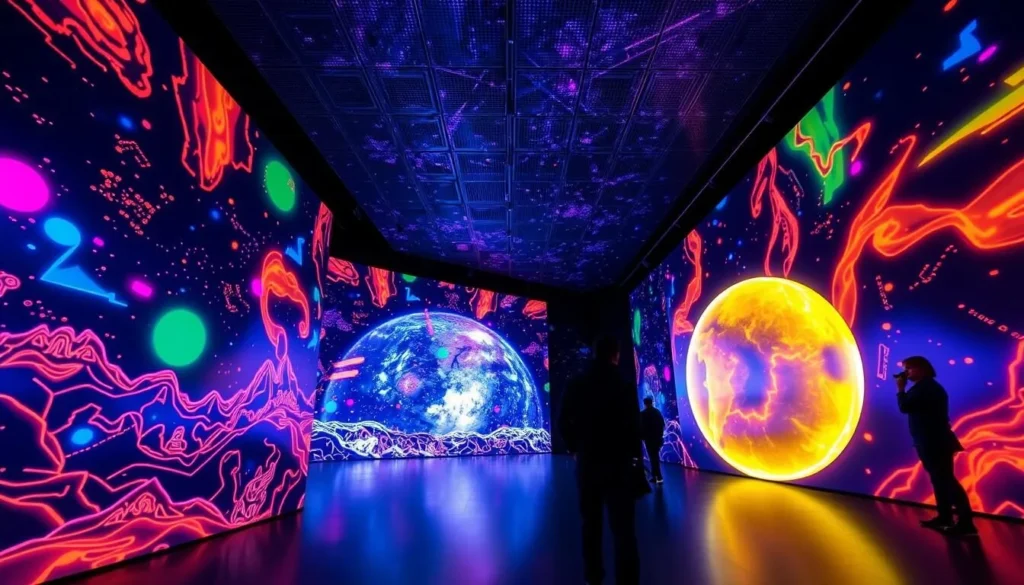
Experience Nintendo World and Pokémon Centers
If you’re a fan of Nintendo or Pokémon, you’ll love visiting Nintendo World in Universal Studios Japan or the various Pokémon Centers throughout the country. These destinations offer an immersive experience, allowing you to step into your favorite gaming worlds and purchase exclusive merchandise.
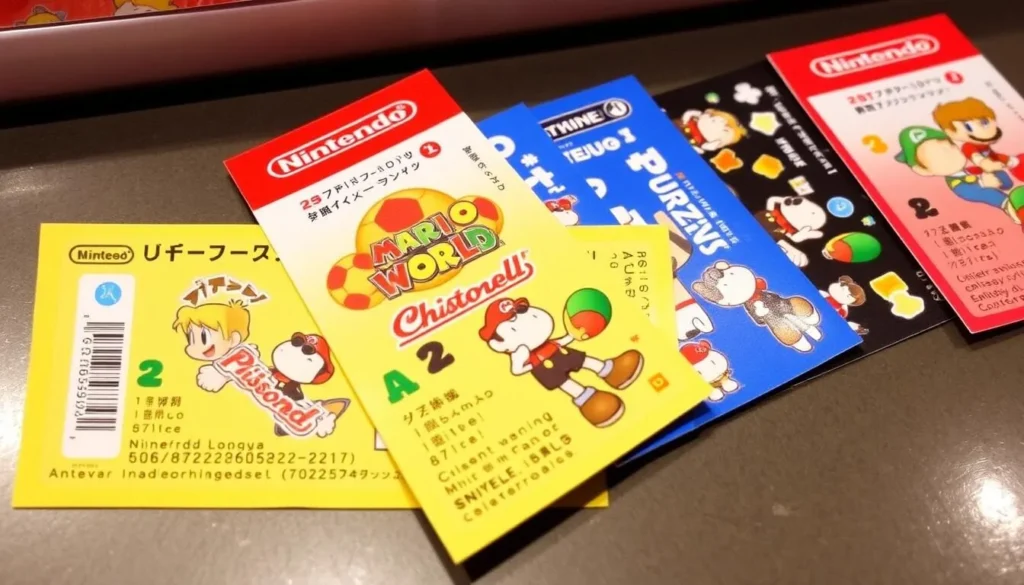
In modern Japan, technology and pop culture are deeply intertwined, creating a fascinating cityscape that is full of exciting things to see and do. Whether you’re a fan of anime, manga, or video games, or simply looking to experience something new, Japan’s modern attractions are sure to leave a lasting impression.
Unique Accommodations in Japan
From centuries-old ryokans to futuristic capsule hotels, Japan offers some of the world’s most fascinating accommodation experiences. You can immerse yourself in traditional Japanese culture or enjoy modern innovations, making your stay truly unforgettable.
Stay in a Traditional Ryokan
A ryokan is a traditional Japanese inn that embodies the essence of Japanese hospitality. When you stay in a ryokan, you’ll have the opportunity to experience tatami mat floors, futon bedding, and multi-course kaiseki meals. You’ll be able to relax in a serene environment, often with private or shared onsen baths.
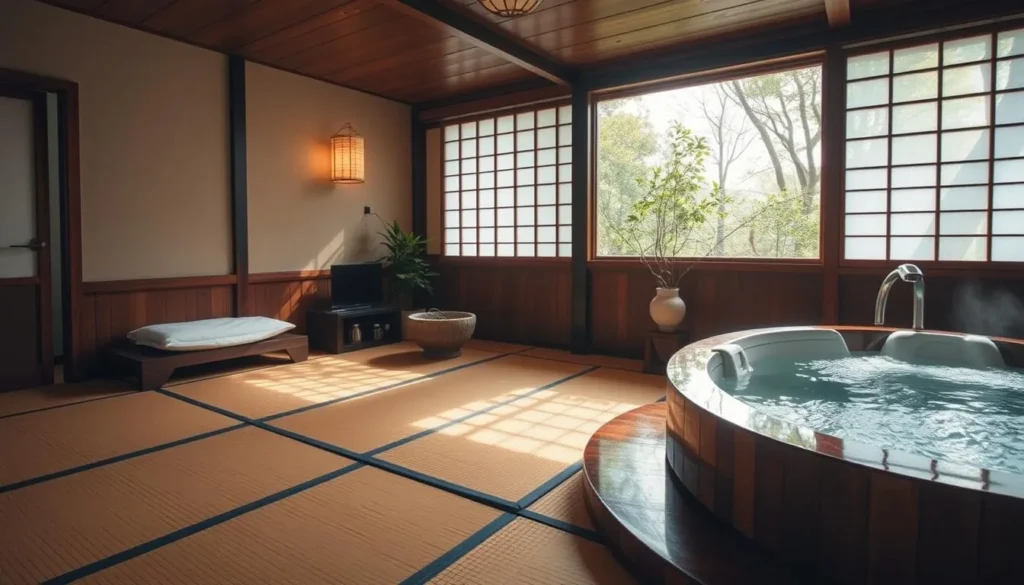
Experience a Capsule Hotel
Capsule hotels, originally designed for businessmen, have become a unique experience for visitors. You’ll be cocooned in a comfortable “space pod” with a plush mattress, offering a surprisingly efficient sleeping space. This is a great way to experience the futuristic side of Japan.

When planning your trip to Japan, consider the time of year you visit, as prices can fluctuate during peak seasons like cherry blossom season. Whether you choose a traditional ryokan or a modern capsule hotel, you’re sure to have a unique Japanese experience.
Traveling Across Japan: Transportation Adventures
From high-speed trains to scenic cycling routes, Japan offers a diverse range of transportation experiences that are sure to delight. Whether you’re traveling across the country or exploring a single city, Japan’s transportation system is designed to make your journey as smooth and enjoyable as possible.
Ride the Shinkansen: Japan’s Bullet Train
The Shinkansen, or bullet train, is a marvel of Japanese technology, connecting major cities at speeds of up to 320 km/h (199 mph). With comfortable, spacious seating and breathtaking views of the Japanese countryside, the Shinkansen is an experience you won’t want to miss.
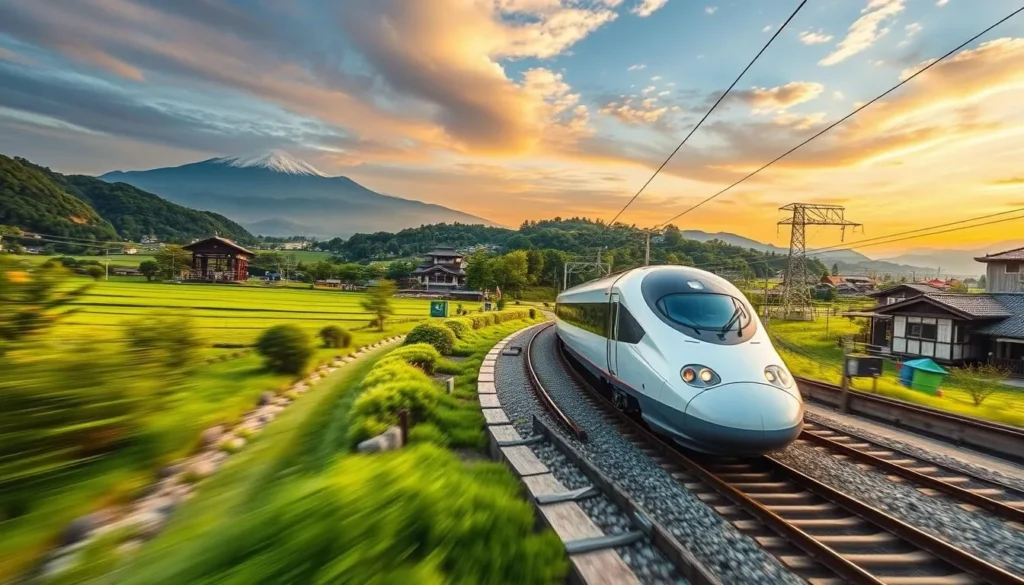
Cycling the Shimanami Kaido Route
For a more leisurely pace, the Shimanami Kaido route offers a 70km cycling path across six islands, taking in stunning coastal scenery and small-town charm. With stops to swim at secluded beaches, visit local museums, and explore shrines with sea views, this route is a must-visit for any cycling enthusiast.
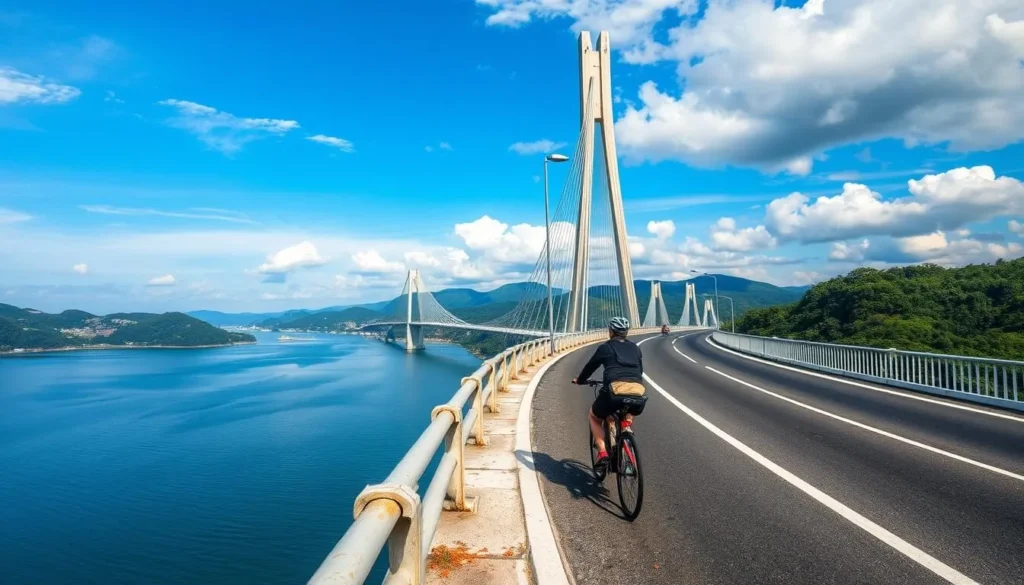
Japan’s transportation system is world-renowned for its efficiency, punctuality, and technological innovation, making getting around the country a highlight rather than just a necessity. With the Japan Rail Pass, you can travel on JR trains, including most Shinkansen, for 7, 14, or 21 days, providing excellent value for visitors planning to explore multiple regions.
Island Escapes: Beyond the Mainland
With over 6,800 islands, Japan is a paradise for island-hoppers. Beyond the main islands of Honshu, Hokkaido, Kyushu, and Shikoku, numerous islands await exploration, each offering unique experiences that showcase the diversity of Japan’s culture, history, and natural beauty.
Art Islands: Naoshima and Teshima
Naoshima and Teshima have transformed from declining fishing communities into world-renowned contemporary art destinations. On these islands, you’ll encounter traditional Japanese buildings converted into modern art installations that incorporate the island’s history. The sunshine and sea air add an extra layer of sensory magic to your visit. One of the most famous attractions is the Yayoi Kusama Yellow Pumpkin sculpture waiting at the end of a jetty.
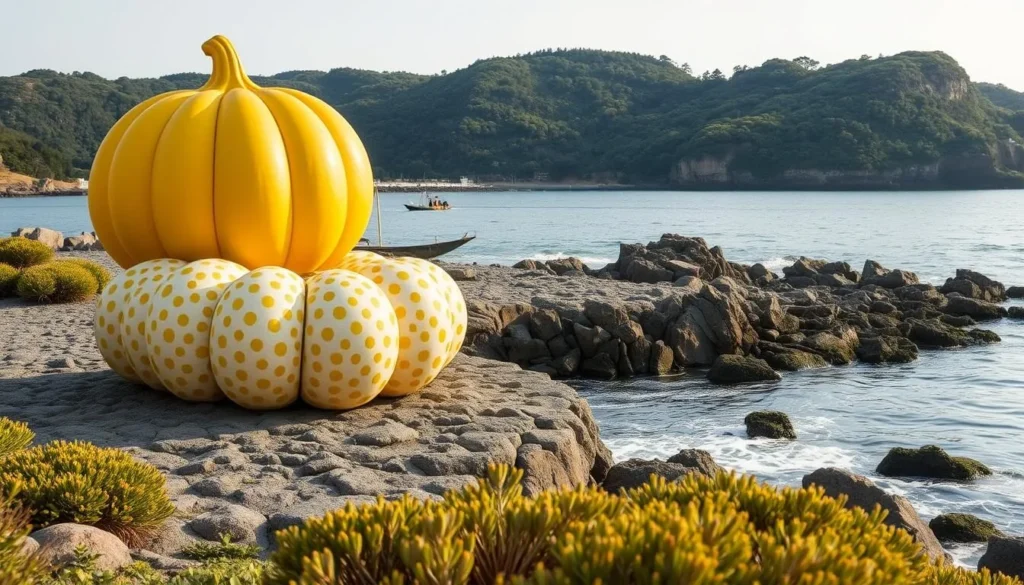
Okinawa: Japan’s Tropical Paradise
Okinawa Prefecture comprises 160 islands with a distinct culture, history, and subtropical climate, offering Japan’s best beaches and coral reefs. The Kerama Islands near Okinawa feature crystal-clear waters perfect for snorkeling and diving, with visibility often exceeding 30 meters. You can easily visit these islands as a scuba diver or enthusiast snorkeler, thanks to daily ferries and charter boats from Naha.

Whether you’re drawn to the art islands of the Seto Inland Sea or the tropical paradise of Okinawa, Japan’s islands offer a wealth of experiences that are sure to leave a lasting impression. From the sea to the cultural landmarks, each island has its own story to tell.
Winter Wonders in Japan
Winter in Japan is a season of wonder, where the snow-covered Japanese Alps meet the warmth of natural hot springs. As the chill sets in, the country transforms into a serene landscape of snow-covered temples and vibrant cities. You can enjoy a variety of experiences, from world-class skiing to the unique spectacle of snow monkeys bathing in hot springs.
Skiing and Snowboarding in Hokkaido
Hokkaido’s ski resorts, particularly Niseko, offer some of the world’s best powder snow conditions, attracting international skiers and snowboarders. The consistent quality and quantity of snowfall make it a paradise for winter sports enthusiasts.

Snow Monkeys and Winter Festivals
The famous snow monkeys of Jigokudani Monkey Park in Nagano Prefecture are a must-see winter attraction. Wild monkeys bathe in natural hot springs surrounded by snow, creating a unique and unforgettable experience. Additionally, the Sapporo Snow Festival features massive snow and ice sculptures, illuminated with colorful lights and attracting over 2 million visitors annually.

Winter in Japan is not just about snow; it’s also a time to enjoy the country’s hot springs, or onsens, where you can relax and rejuvenate. Many hot spring towns are particularly atmospheric in winter, with the contrast between the freezing air and steaming waters creating a magical ambiance.
As you explore Japan in winter, you’ll also have the opportunity to experience the country’s vibrant winter festivals and illuminations. From Tokyo’s Shibuya Blue Cave to Kobe’s Luminarie, these events create magical nighttime experiences that are sure to leave a lasting impression.
Off the Beaten Path: Hidden Gems in Japan
Beyond Japan’s bustling cities and popular tourist spots lie charming towns and natural wonders waiting to be explored. Venturing off the beaten path reveals a plethora of unique cultural experiences and breathtaking landscapes that many international visitors never encounter.
Tsuwano: A Preserved Samurai Town
Tsuwano, a serene mountain town in Shimane Prefecture, preserves the atmosphere of the Edo period with its samurai district, koi-filled canals, and hillside shrine approached through hundreds of vermilion torii gates. You can step into former samurai houses, once off-limits to commoners, and experience a sense of Japanese history. As you wander through the town, the gentle flow of time seems to slow down.
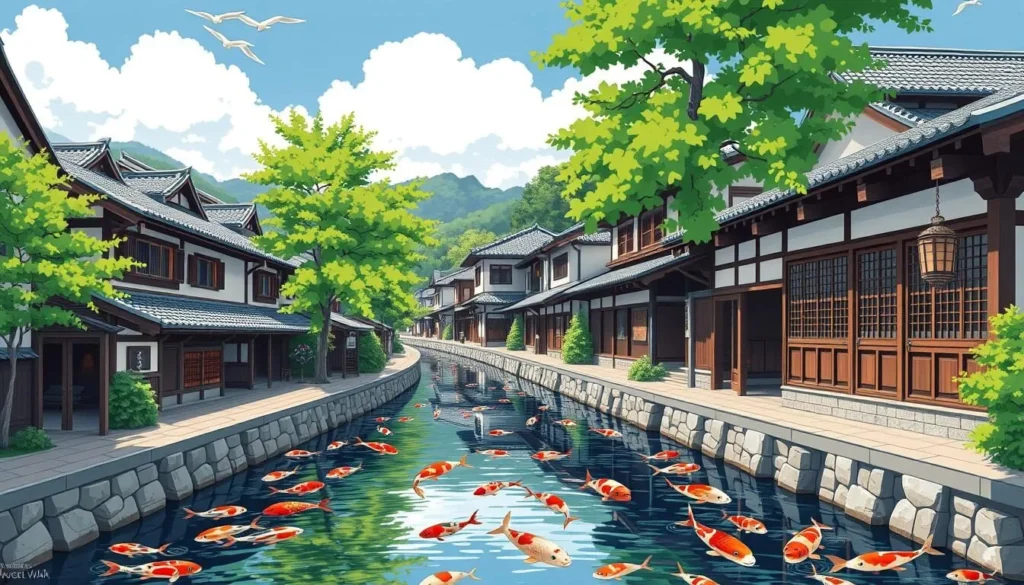
Cat Islands: Tashirojima and Beyond
Tashirojima, known as “Cat Island,” is home to a feline population that outnumbers humans. Originally brought to the island to protect silkworms from mice, these cats are now considered lucky by local fishermen. Visiting this island offers a unique and heartwarming experience as you interact with the friendly cats in their natural habitat, making it a special place to visit.
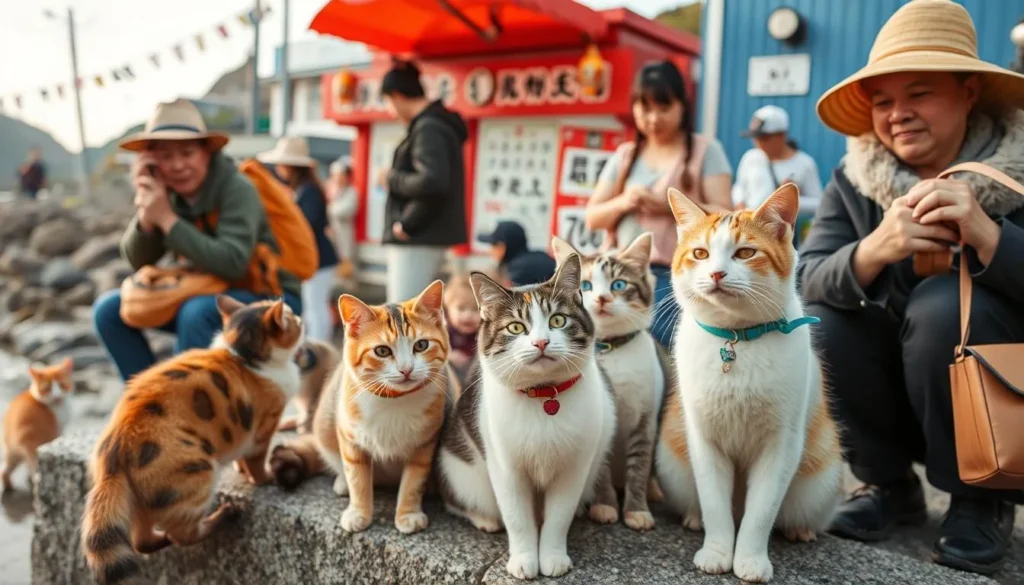
Sake Tasting in Saijo
Saijo in Hiroshima Prefecture is renowned as one of Japan’s premier sake-producing regions. You can visit multiple breweries within walking distance and sample different varieties of Japan’s traditional rice wine. This sake tasting experience is a must for anyone looking to explore Japan’s culinary delights in a historic setting.
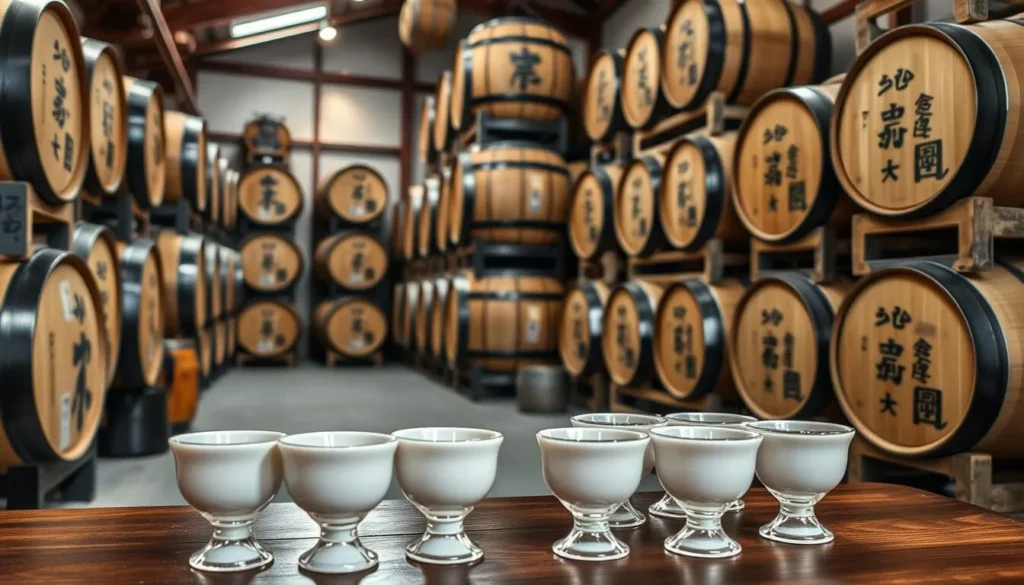
Exploring these hidden gems not only enriches your travel experience but also provides a deeper understanding of Japan’s diverse culture and history. Whether you’re wandering through a preserved samurai town, visiting cat islands, or savoring local sake, Japan has something unique to offer every traveler.
Japanese Festivals Worth Planning Your Trip Around
If you’re planning a trip to Japan, timing it around one of its many festivals can be a great way to experience the country’s rich culture. Japan loves a festival, and there are plenty of matsuri to celebrate snow, summer, music, or any subject you can dream up.
Summer Festivals: Gion Matsuri and Nebuta Matsuri
Summer is a great time to experience Japan’s festival culture, with events like the Gion Matsuri in Kyoto and the Nebuta Matsuri in Aomori. The Gion Matsuri, held throughout July, features massive wooden floats paraded through the streets, while the Nebuta Matsuri in August showcases enormous illuminated paper floats depicting warriors and mythical creatures.
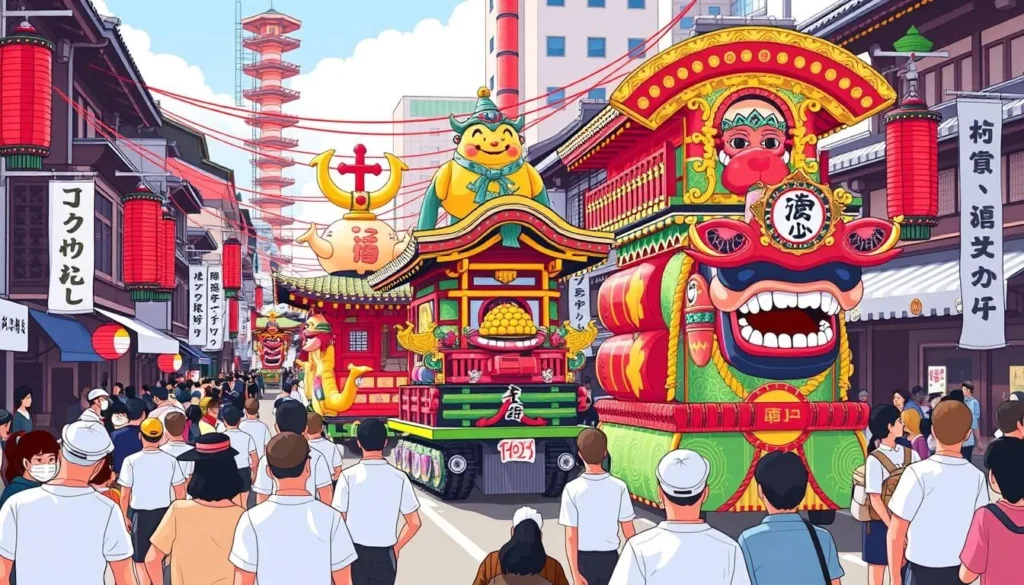
Winter Light Festivals and Celebrations
As the sun sets in the evening, Japan’s winter festivals come alive with millions of LED lights creating spectacular nighttime displays. The Sapporo Snow Festival is one of the most famous winter events, featuring enormous snow and ice sculptures that attract over two million visitors annually.

Many festivals in Japan are tied to seasonal changes or historical events, offering insight into local traditions and community values. Whether you’re interested in summer festivals or winter illuminations, there’s a festival in Japan that’s sure to captivate you.
Shopping for Unique Japanese Souvenirs
Shopping in Japan is an experience that combines traditional crafts with modern design, offering a diverse range of unique souvenirs that reflect the country’s rich heritage and innovative spirit. Whether you’re looking for traditional items or contemporary fashion, Japan has something for every shopper.
Traditional Crafts and Where to Find Them
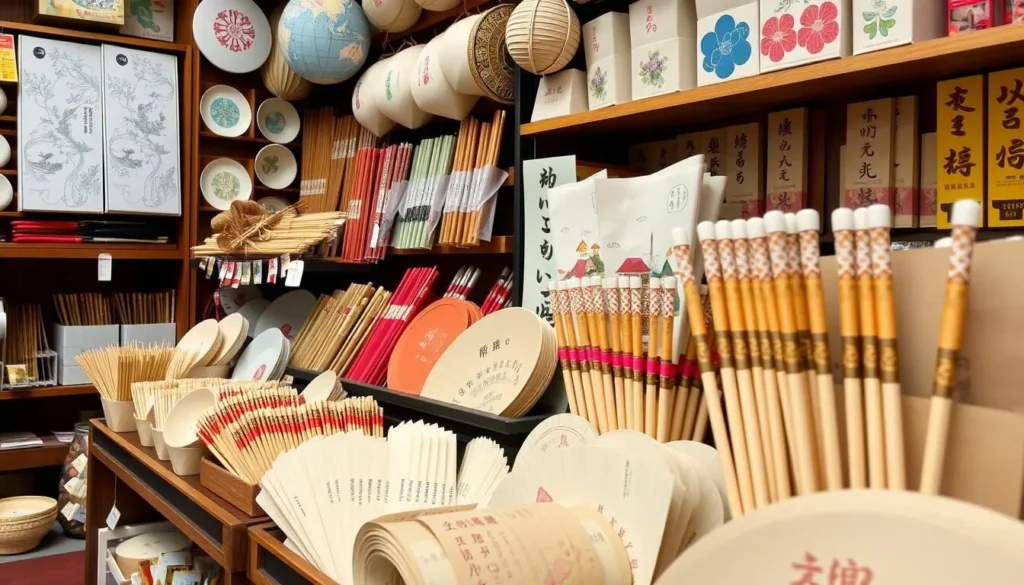
Japan is renowned for its traditional crafts, which vary significantly by region. For instance, Kyoto is famous for its silk textiles, while Kanazawa is known for its gold leaf products. You can find these unique crafts in specialty shops located in historic districts like Kyoto’s Higashiyama or Tokyo’s Asakusa, where artisans often work on-site. Some popular traditional crafts include washi paper, folding fans, and intricately designed chopsticks, which make for beautiful and practical souvenirs.
Modern Japanese Design and Fashion
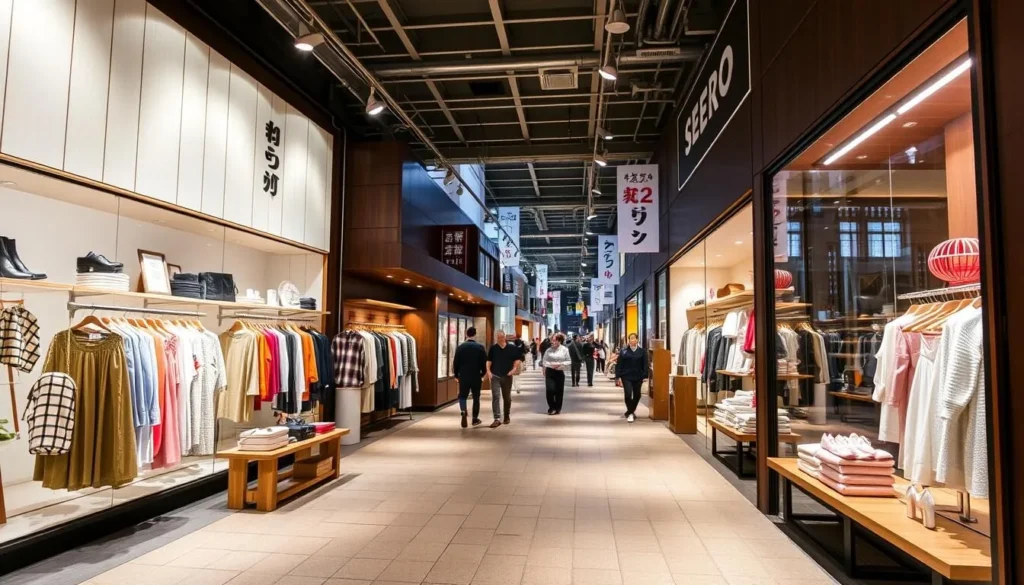
For those interested in modern Japanese design, Tokyo’s neighborhoods like Daikanyama, Nakameguro, and Omotesando are must-visit destinations. These areas showcase contemporary fashion, homewares, and accessories that blend minimalism with functionality. You can also explore department store basement food halls (depachika) for edible souvenirs like beautifully packaged sweets, tea, and regional specialties, which make perfect gifts. Additionally, tax-free shopping is available at many larger stores when you present your passport, offering savings on purchases over a certain amount.
Day Trips from Major Cities
Japan’s major cities are gateways to a wealth of exciting day trip opportunities. With its efficient transportation system, you can easily explore diverse attractions without changing accommodations.
From Tokyo: Kamakura, Nikko, and Hakone
From Tokyo, you can visit the ancient coastal city of Kamakura, featuring the Great Buddha (Daibutsu) and numerous temples.
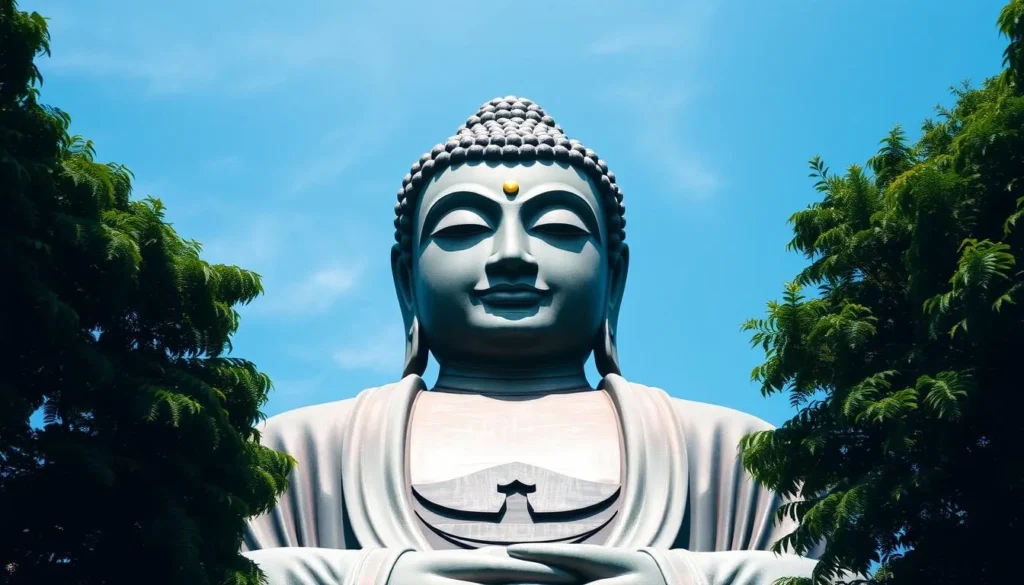
Nikko, a UNESCO World Heritage site, boasts the ornately decorated Toshogu Shrine complex surrounded by beautiful forests and waterfalls.
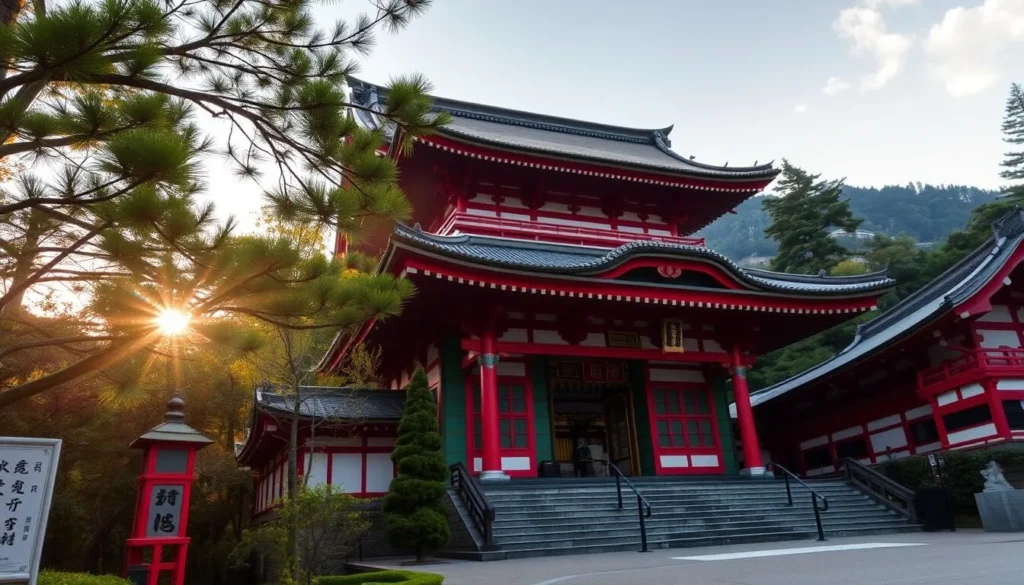
Hakone offers stunning views of Mount Fuji, relaxing hot springs, and unique experiences like the Hakone Open Air Museum.
From Kyoto: Nara, Osaka, and Kobe
From Kyoto, Nara Park is a must-visit, with friendly deer and the massive Todai-ji Temple housing Japan’s largest Buddha statue.
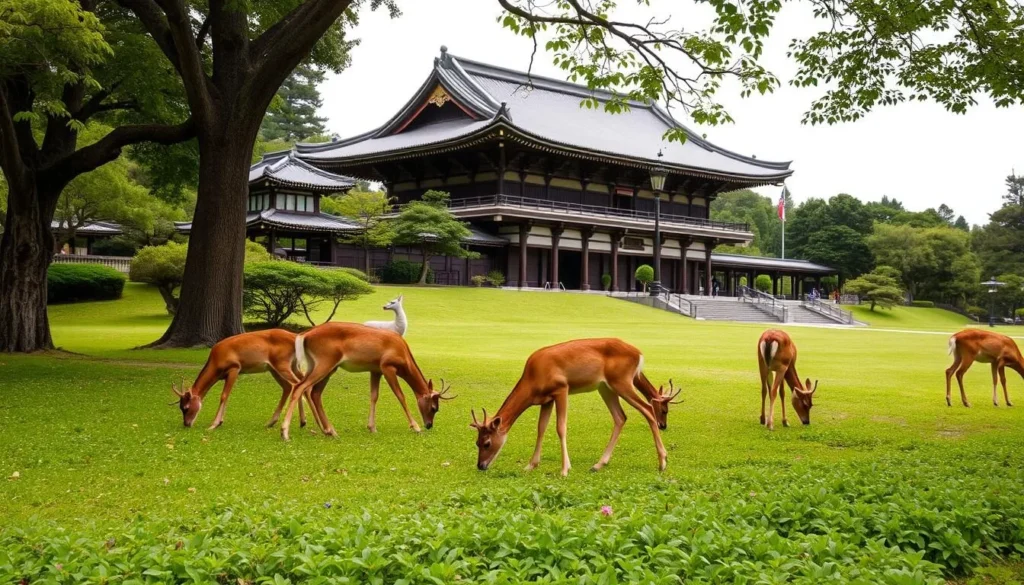
Osaka, just 30 minutes from Kyoto, offers a vibrant street food culture and Osaka Castle.
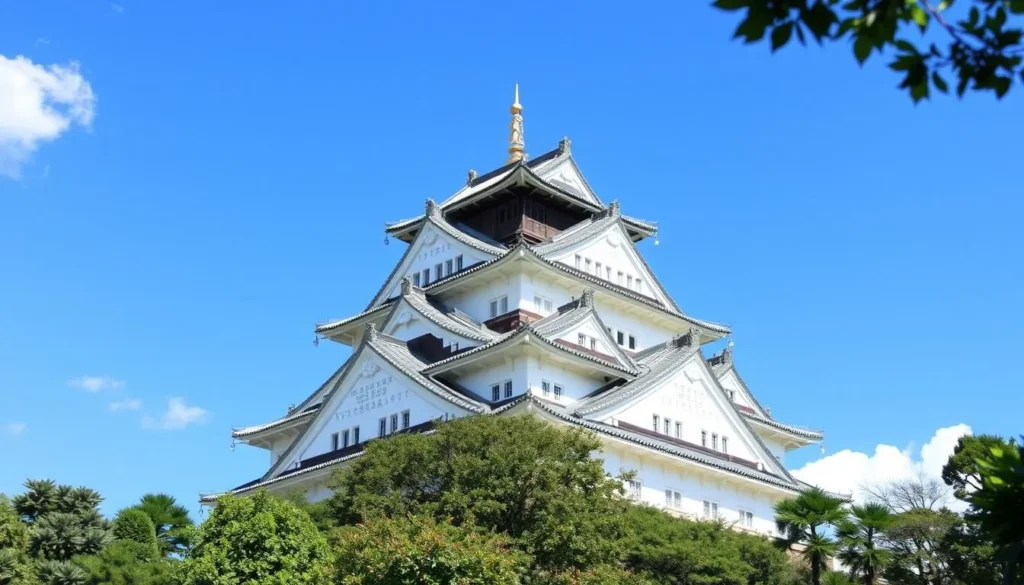
Kobe presents a blend of international influences, famous beef, and the scenic Nunobiki Herb Garden.
Planning Your Perfect Japanese Itinerary
Creating the perfect Japanese itinerary requires a balance of major attractions, personal interests, and seasonal considerations. When planning your trip to Japan, consider the diverse experiences the country has to offer throughout the year.
For first-time visitors, a 10-14 day trip covering Tokyo, Kyoto, and one additional region provides a good introduction to Japan’s diverse offerings. Consider the time of year: spring for cherry blossoms, autumn for colorful trees, winter for skiing and snow festivals, and summer for hiking and festivals.
To make the most of your trip, balance urban experiences with natural settings. After a few days in Tokyo, the peaceful temples of Kyoto or hot springs of Hakone offer a welcome contrast. Don’t forget to explore the local food specialties and traditional Japanese culture in each region.
Remember to allow time for spontaneous experiences and views that you might stumble upon. With a mix of planning and flexibility, your trip to Japan will be an unforgettable adventure.
The above is subject to change.
Check back often to TRAVEL.COM for the latest travel tips and deals.
Here are some Tours & Sightseeing suggestions that might pique your interests!
